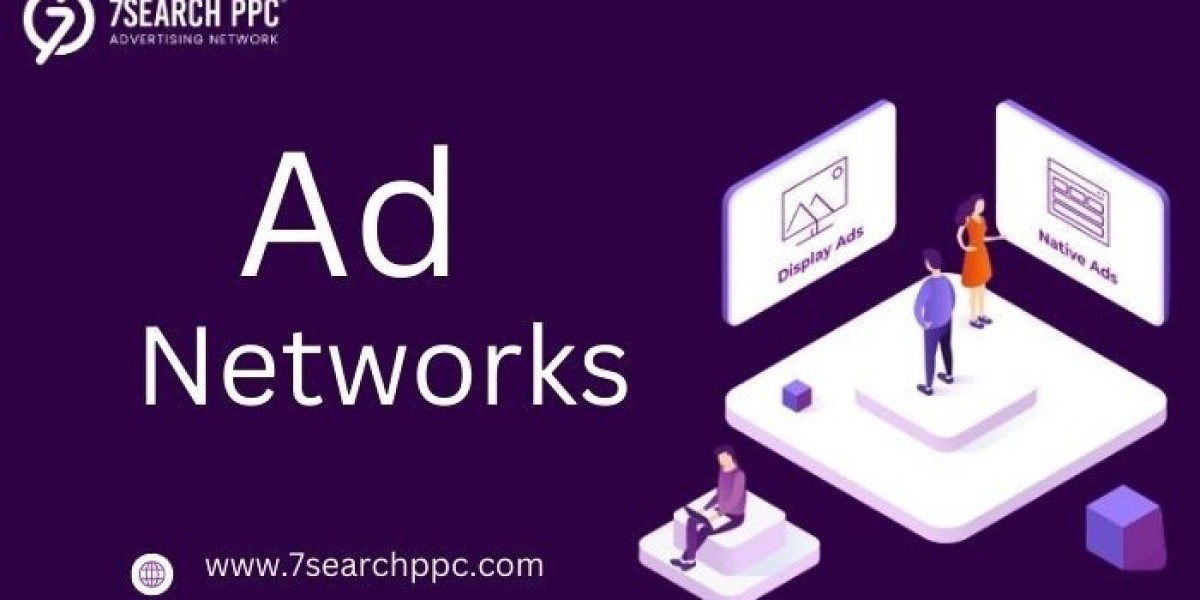In the fast-paced world of digital marketing, CPC advertising has emerged as a cornerstone strategy for businesses looking to enhance their online presence. This blog will delve deep into what CPC advertising is, how it compares to CPM and display advertising, and why it is a vital component of targeted online advertising strategies.
What is CPC Advertising?
Definition of CPC Advertising
CPC (Cost Per Click) advertising is a model where advertisers pay a fee each time their ad is clicked. This method allows businesses to drive traffic to their websites, generating leads and increasing potential sales.
How CPC Works
CPC advertising primarily operates through platforms like Google Ads and social media channels. Advertisers create ads that are displayed to users based on specific keywords, interests, and demographics. When a user clicks on the ad, the advertiser pays a predetermined amount to the advertising platform.
Benefits of CPC Advertising
Cost Efficiency: Advertisers only pay when a user interacts with the ad, ensuring that marketing budgets are spent effectively.
Measurable Results: CPC campaigns provide detailed analytics, allowing businesses to assess performance and adjust strategies accordingly.
Targeted Reach: With CPC advertising, businesses can target specific demographics, interests, and behaviors, maximizing ad relevance.
CPC vs. CPM Advertising
Understanding CPM Advertising
CPM (Cost Per Mile) advertising, on the other hand, charges advertisers based on the number of impressions (or views) their ads receive, regardless of whether the ads are clicked. This model is particularly useful for brand awareness campaigns.
Key Differences Between CPC and CPM
Payment Structure
CPC: Payment is based on user engagement (clicks).
CPM: Payment is based on impressions (views).
Goals of Advertising
CPC: Primarily aims to generate traffic and conversions.
CPM: Focuses on increasing brand visibility and reach.
When to Use CPC vs. CPM
CPC: Best suited for campaigns with specific goals, such as lead generation or direct sales.
CPM: Ideal for campaigns aimed at building brand awareness.
The Role of Display Advertising in CPC Campaigns
What is Display Advertising?
Display advertising involves visual ads displayed on websites, apps, or social media platforms. These ads can be in the form of banners, videos, or images, and they can use either the CPC or CPM model.
The Relationship Between CPC and Display Advertising
Display advertising can incorporate CPC strategies to enhance click-through rates (CTR). Advertisers can use compelling visuals and engaging copy to attract users and encourage them to click on the ad.
Advantages of Display Advertising in CPC
Visual Appeal: Captivating visuals can grab user attention and increase the likelihood of clicks.
Broader Reach: Display ads can be shown on various platforms, expanding potential audience reach.
Remarketing Opportunities: Advertisers can target users who have previously visited their site, increasing conversion chances.
Targeted Online Advertising: The Future of CPC
Importance of Targeted Advertising
Targeted online advertising focuses on reaching specific audience segments based on demographics, interests, behaviors, and online activities. This strategy enhances the effectiveness of CPC campaigns by ensuring that ads are shown to users most likely to engage.
Strategies for Effective Targeted Online Advertising
Audience Segmentation
Identifying and segmenting your audience allows for more tailored ad campaigns. By understanding different customer personas, advertisers can create more relevant ads that resonate with their target market.
Keyword Optimization
Using relevant keywords in CPC campaigns can improve ad visibility and click rates. Advertisers should conduct thorough keyword research to identify the terms potential customers are searching for.
A/B Testing
Implementing A/B testing can help advertisers determine which ads perform better. By testing different visuals, copy, and calls to action, businesses can refine their CPC strategies for optimal results.
Tools for Targeted Online Advertising
Google Ads: Offers robust targeting options, including keyword targeting, location targeting, and demographic targeting.
Facebook Ads: Provides detailed audience insights and advanced targeting capabilities, allowing advertisers to reach specific groups based on interests and behaviors.
Analytics Tools: Platforms like Google Analytics can help track user behavior, providing valuable data to refine advertising strategies.
Measuring the Success of CPC Advertising
Key Metrics to Monitor
Click-Through Rate (CTR): The percentage of users who click on an ad after seeing it. A higher CTR indicates that the ad is relevant and engaging.
Cost Per Acquisition (CPA): The total cost of acquiring a customer through a CPC campaign. This metric helps assess the overall profitability of advertising efforts.
Return on Ad Spend (ROAS): A measure of the revenue generated for every dollar spent on advertising. A higher ROAS signifies a successful campaign.
Analyzing Campaign Performance
Regularly analyzing campaign performance is essential for refining CPC advertising strategies. Advertisers should utilize available analytics tools to identify areas for improvement and optimize future campaigns.
Best Practices for Effective CPC Advertising
Creating Compelling Ads
Engaging Headlines: Craft attention-grabbing headlines that encourage clicks.
Clear Calls to Action: Use direct and persuasive calls to action that guide users toward the desired outcome.
High-Quality Visuals: Invest in professional visuals that resonate with the target audience.
Optimizing Landing Pages
The landing page where users arrive after clicking an ad should provide a seamless experience. Optimize landing pages for speed, mobile compatibility, and user-friendliness to enhance conversion rates.
Budget Management
Setting a clear budget for CPC campaigns is crucial. Advertisers should regularly monitor spending to ensure they stay within budget while maximizing ad exposure and performance.
Conclusion: The Future of CPC Advertising
CPC advertising remains a powerful tool in the digital marketing landscape. By leveraging targeted online advertising strategies, utilizing display advertising, and optimizing campaigns for performance, businesses can effectively engage their target audiences and drive meaningful results.
As digital marketing continues to evolve, staying updated with the latest trends and best practices in CPC advertising will be essential for achieving success in a competitive online marketplace. By focusing on delivering value to customers and ensuring that ads reach the right audience, businesses can harness the full potential of CPC advertising to drive growth and enhance their online presence.







